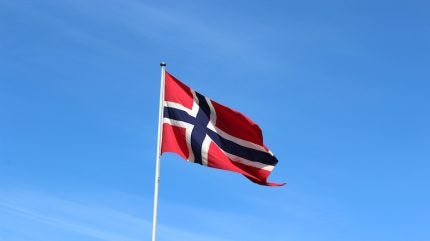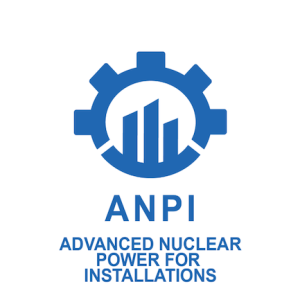
In a letter to Norsk Kjernekraft, four government ministries said they have commissioned three agencies to develop an Environmental Impact Assessment (EIA) programme for a proposed 1.5 GWe power plant based on multiple small modular reactors (SMRs) in the municipalities of Aure and Heim. It is gratifying that the government has made a decision on how an application for nuclear power should be handled in Norway, said Norsk Kjernekraft Chairman Jonny Hesthammer.
The Ministry of Energy, the Ministry of Health & Care Services, the Ministry of Justice & Public Security, and the Ministry of Climate & Environment have commissioned the Norwegian Water Resources & Energy Directorate (NVE – Norges vassdrags- og energidirektorat), the Norwegian Radiation & Nuclear Safety Authority (DSA – Direktoratet for strålevern og atomsikkerhet) and the Norwegian Directorate for Civil Protection (DSB – Direktoratet for samfunnssikkerhet og beredskap to prepare a recommendation for establishing a comprehensive EIA programme for the project proposed by Norsk Kjernekraft at Taftøy Industrial Park in the border area between the municipalities of Aure and Heim. The recommendation is aimed for completion before summer, and no later than September.
The Ministries emphasised that the assessment programme must ensure compliance with Norwegian legislation and international conventions. “The recommendation shall be based on the project owner’s proposal for an assessment programme, received consultation statements and the directorates’ own assessments,” the Ministry of Energy said. “The purpose of the impact assessment is to elucidate the consequences of the planned measure and contribute to a basis for a well-informed and sound decision-making basis in any subsequent licence processes pursuant to the Atomic Energy Act and the Energy Act, respectively, as well as for permits under the Pollution Act and approvals pursuant to the Radiation Protection Act.”
The assignment marks a significant step in developing practical guidelines for the application of Norway’s nuclear legislation. Although Norway already has overarching nuclear legislation, this is the first time it will be applied to commercial nuclear power.
Hesthammer stated: “We are proud to have contributed to this historic milestone. This is the first time Norway is taking concrete steps toward establishing nuclear power, an initiative that can deliver clean and sustainable energy for future generations. We see this as a critical step towards enhancing Norway’s energy security, maintaining industrial productivity, and reducing greenhouse gas emissions. This project will not only strengthen our energy supply but also create jobs and promote sustainable economic growth.”
Norsk Kjernekraft submitted its proposal for the assessment programme to the Ministry of Petroleum & Energy in November 2023. The Ministry sent the proposal for public consultation in May 2024 and Norsk Kjernekraft responded to the consultation inputs in January 2025. The plant is planned to consist of several SMRs, which together will produce around 12.5 TWh of electricity annually, if the plant is realised in its entirety.
Norsk Kjernekraft aims to build, own and operate SMR power plants in Norway in collaboration with power-intensive industry. It says it will prepare licence applications in accordance with national regulations and international standards. It will follow the International Atomic Energy Agency’s Milestones approach and focus on what creates value in the early phase. Financing will take place in collaboration with capital-strong industry and solid financial players.
Aure and Heim is one of four possible location for a nuclear power plant that Norsk Kjernekraft has announced, the other municipalities being Vardø, Øygarden and Halden. In June 2024, the Norwegian government appointed a committee to conduct a broad review and assessment of various aspects of a possible future establishment of nuclear power in the country. It must deliver its report by 1 April 2026.
However, Hesthammer told Montel: “I find it very surprising that they need two years to come to a decision that NVE should be in charge and that DSB and DSA should be involved. They could have done that a long time ago. This suggests that the government is not in a hurry to get new power production. ” He added: “I understand that this is new for them, and I have no problem understanding that this is a little demanding because it is extensive and complex, but I still think this could have been done faster.”






